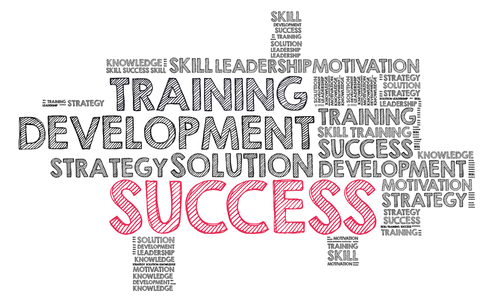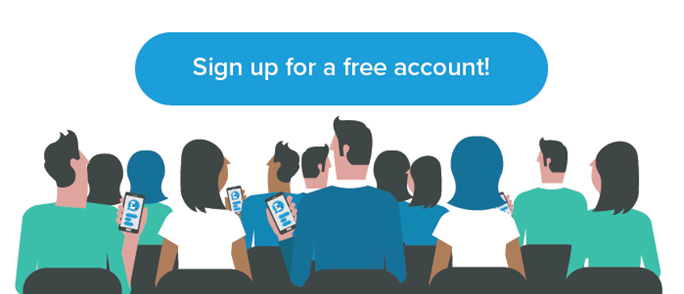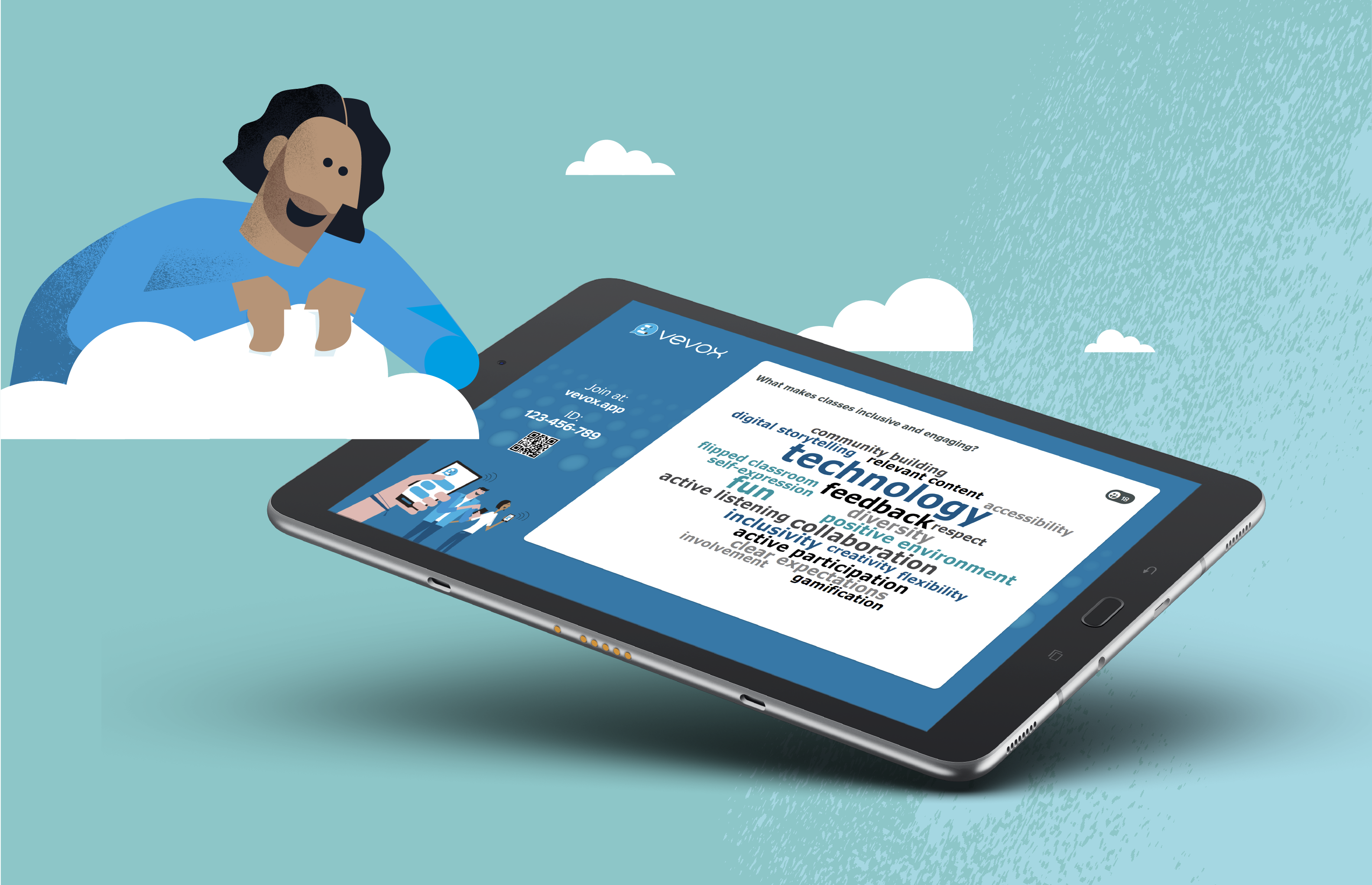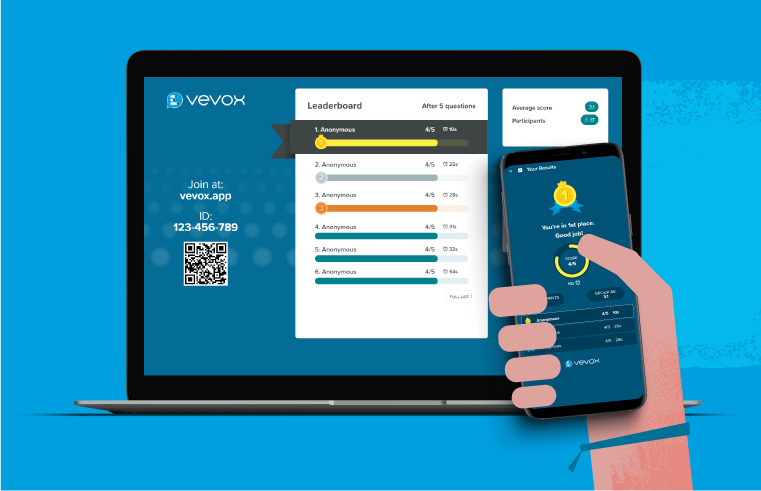Following on from my previous blog '4 Essential Elements for Effective Training Sessions' which has received lots of comments from Training Managers, I thought I would elaborate on this and write another blog based on the messages I have been sent. Here are 7 valuable tips that have been highlighted as being particularly useful for Training Professionals.
1. Varied content and learning styles
We all have our own unique learning styles therefore it is crucial that you approach your training sessions as an 'learning experience' rather than a one-way conversation where you fire information at your attendees.
Benjamin Franklin sums it up nicely - ‘Tell me and I forget. Teach me and I remember. Involve me and I learn.’
A great tip, especially if your training session is a half or whole day, is to break your session by using several types of content to engage your audience and think about using the three main learning styles: visual, auditory and kinaesthetic. Presentation slides should be used as prompts and to show engaging visual content (video, displaying live polling and charts) and to enhance the multisensory experience. Avoid 'Death by PowerPoint' at all costs by not using and reading through blocks of text on each slide.
Do's - Create a learning experience, use different types of content and activities to make your sessions engaging for your attendees.
Don'ts - 'Death by PowerPoint' and treating your session as a one-way conversation.
2. Training made fun
Training sessions can have the unwanted stigma of being boring and pointless. No one wants to sit through a lacklustre training session. Make sure to keep your training activities exciting and fresh, so you will inspire and energize your attendees. A well-known training anecdote says that trainees forget 50% of what they learn as soon as they leave the room so delivering training sessions using a variety of activities will help to enhance the learning experience by making it memorable. These types of training sessions could include: team building activities, e-learning, instructor-led training, blended learning, practical and experiential learning, problem solving and role playing. Measuring the impact of these different types of training by polling your attendees before and after the session is highly valuable as you will be able to tell what works well for you and your attendees.
Do's - Try different types of training activities and measure what works well for you and your attendees.
Don'ts - Sticking to one approach.
3. Practice makes perfect
Do's - Create a checklist with all your tasks and practice until you feel prepared and confident.
4. Engage, relate and summarize
Engage- Asking your attendees questions and understanding what they specifically want to know will help you to increase their engagement and attention in your session.
Bonus tip: If you use a live polling app for asking the questions you can gather 'in the moment' feedback which sums up the collective feeling and opinions of your attendees. Giving you the insight to see what they want to know or discuss in your session.
Relate- Sometimes it can be easy to talk about your own personal experiences as a presenter, but what your attendees want to know is how to improve their skills, career progression and their situation. Why not ask your attendees to share their stories or views? This will enable them to relate and allow people to share valuable knowledge and life experiences and help each other to learn.
Bonus tip: As a facilitator, using a digital discussion tool or Q&A app will help you to process questions and comments more easily. All your attendees will be able to have their voices heard without the fear of being embarrassed (Vevox has an anonymity setting) and waiting to have their turn to speak by putting their hands up.
Summarize- Once everyone has shared their views/stories, bring things to a close and sum up the session. This will help shed light on the learnings from these experiences and emphasize what additional learning might be needed through other courses or self-guided learning.
Bonus tip: Using a before and after comparison poll will help you understand what attendees have learnt.
Do's - Empower your attendees and give them a voice. Enable them to share their views and stories, act as a facilitator of the discussion by posing questions, challenging ideas and bringing things round to a conclusion.
Don'ts - Focusing entirely on the presenting side and not including your attendees in your sessions or discussions. Allowing only a few to have their say and not involving the 'quiet ones'.
Training Professional - "I strongly feel training sessions should be interactive, lighter in vein despite the heaviest topic and must achieve the end result."
5. Show it's worth
Whether you are an in-house trainer or an external consultant, the MD will be wanting to see the value of your training sessions. Like any business expense, questions will be asked about ROI and training costs often need to be justified to ensure they are adding value to the business. Therefore, training providers need to be able to show what outcomes have been achieved, display attendee satisfaction rates and feedback scores, but also how the training has helped to improve employee knowledge and development. As an example, Vevox session data can be accessed immediately, which includes all poll results and comments or questions submitted on the discussion board. This data can be stored securely by the training provider or HR manager and used to feedback to the MD.
Do's - Focus on a couple of set KPIs or targets, review the positives/negatives of your sessions and evaluate what steps you can make to improve future training sessions
Don'ts - Have undefined goals and not being focused on improving your metrics or feedback scores.
Training Professional - "It is not only about how well you deliver your Training Sessions but also how well you manage your sessions and provide valuable reports to your clients."
6. Record your training sessions
Training Professional - "I like to use video as a review of the presenter, some are shocked and horrified and some would not attend their own presentation."
7. Honest Feedback
It is essential for any training professional to evaluate their performance by getting honest feedback. Long paper feedback forms are notorious for low completion and success rates. This is where a live polling app like Vevox can help a trainer to get honest, uninhibited feedback that can be obtained 'in the moment'. There is no waiting around for participants to fill out forms, attendees can give honest feedback via the anonymous mode and trainers or managers can download the report instantly after a session with one click.
This way you can get both the quality and quantity of feedback that you desire. By continually reviewing this feedback and making appropriate changes to your training program you will be able measure what works and ensure you are consistent or even improving your performance.




.png)
